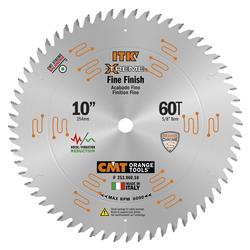What are The recommended table saw blades for clean cutting cabinet plywood?
Thanks
Thanks

I totally disagree!Table saw blade cost has nothing to do with production or hobby..

Yeah each stair railing transition cost me $100 10 years ago. I was debating whether to hire a pro or tackle it myself and finally bit the bullet. I was holding my breath during the cuts.$150 is nothing compared to what a set of cabinets will cost…
$150 is nothing compared to what a set of cabinets will cost…
If you have good tooling, the only other excuse you have for bad work is the feller doing the work..Yeah each stair railing transition cost me $100 10 years ago. I was debating whether to hire a pro or tackle it myself and finally bit the bullet. I was holding my breath during the cuts.
Also I just bought a 4x8 "shop grade" maple ply for $100.
IMO this is where many amateurs go wrong. They buy the cheap tools and then wonder why they get bad results. A pro with 30 years of experience can probably make a cheap tool work but a beginner needs every advantage to make up for the lack of experience. I started out with a few craftsman power tools and all I can say is luckily I only bought a few.
Not saying you need a Forrest for everyday usage, I have a Freud Diablo thin kerf rip as the default on my table saw but if I'm cutting sheet goods or hardwood trim I'll go to a premium blade.
Who would do that? Anyone you know, from here?Many spend $2-4k on a table saw trying to budget the saw blades. Are you kidding me?
